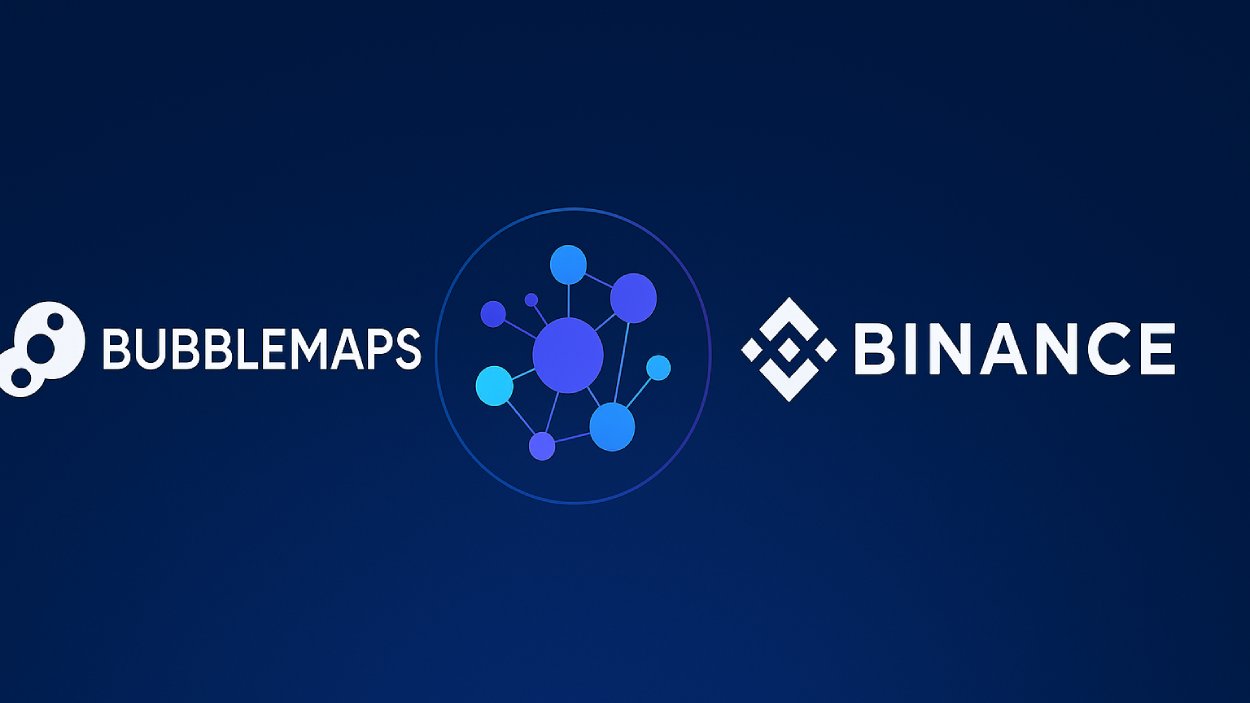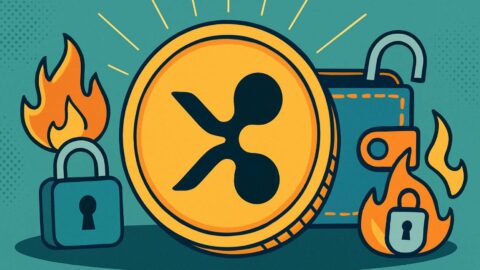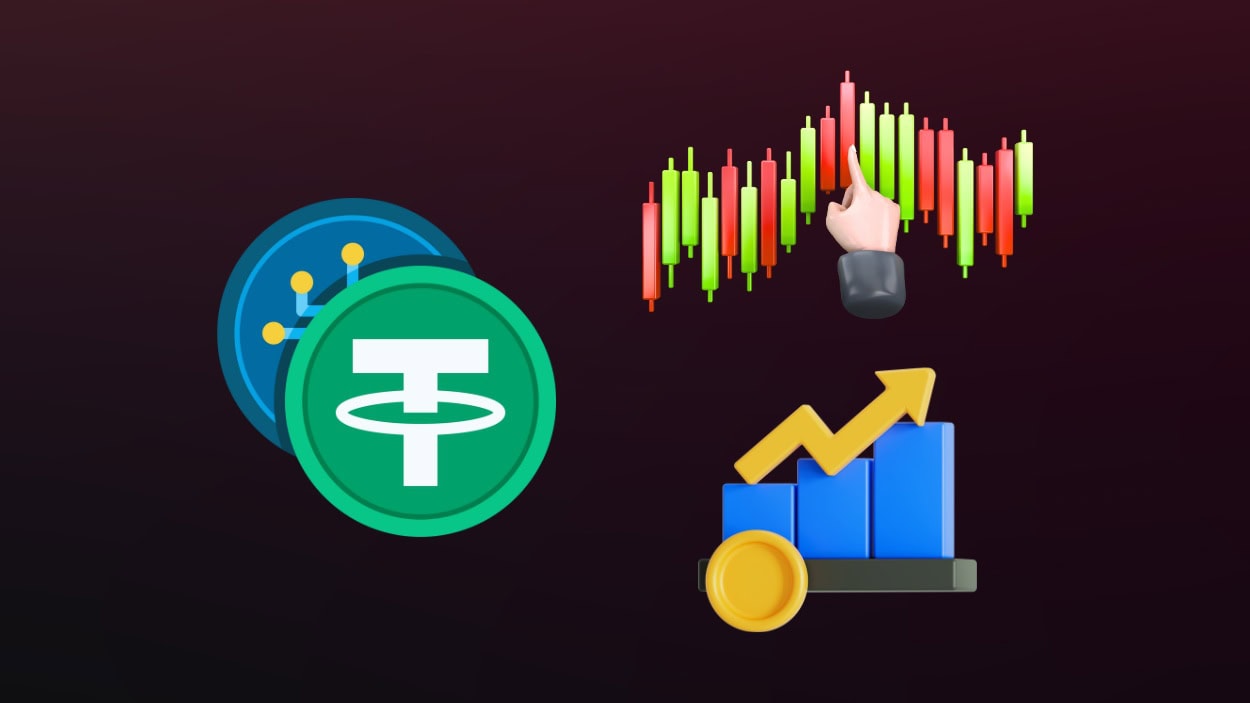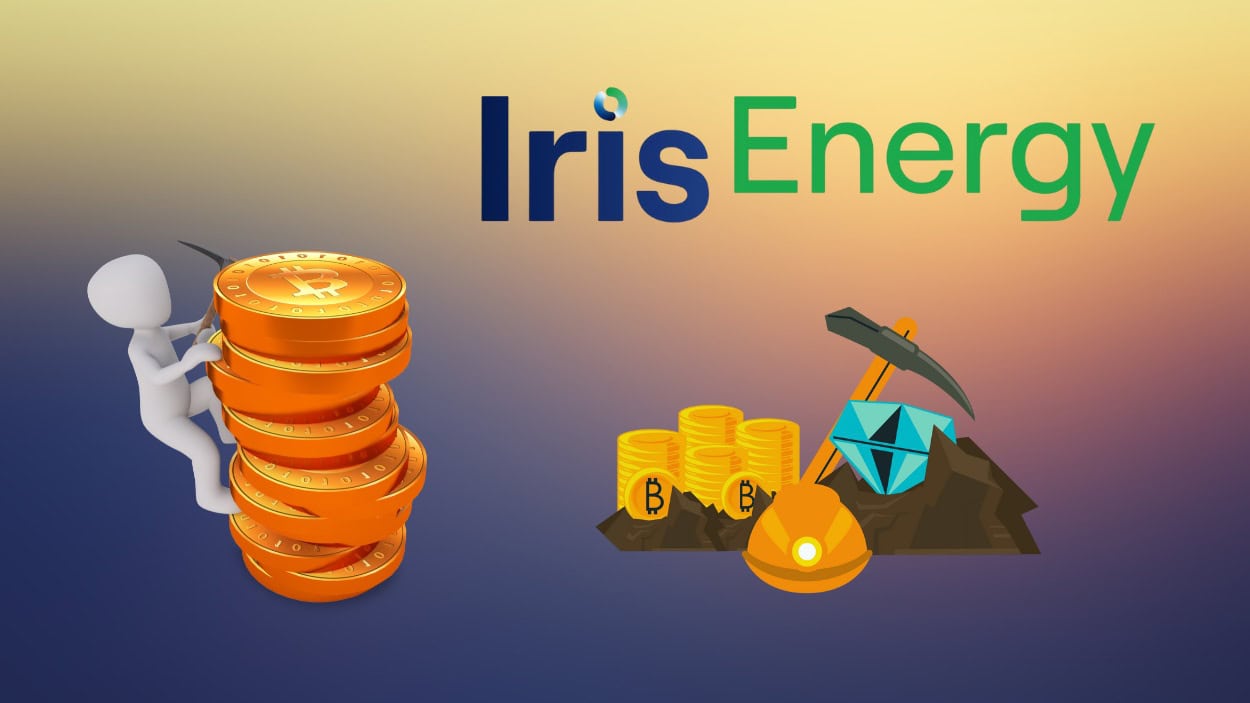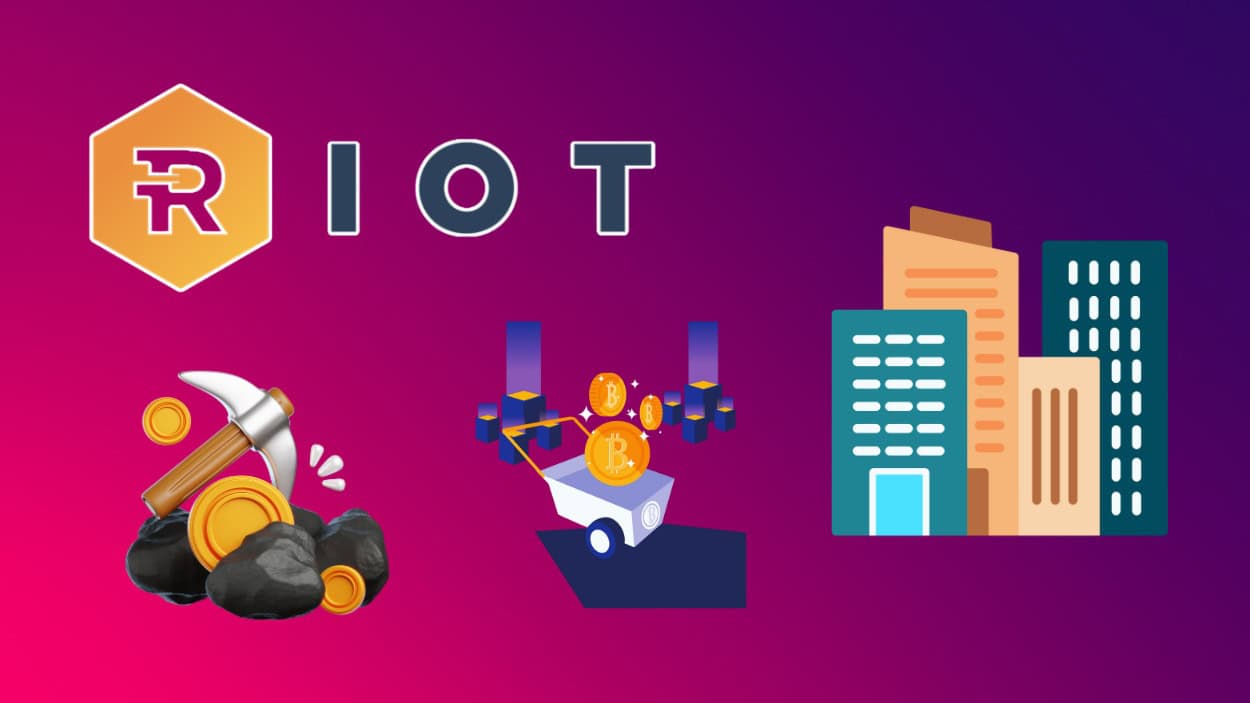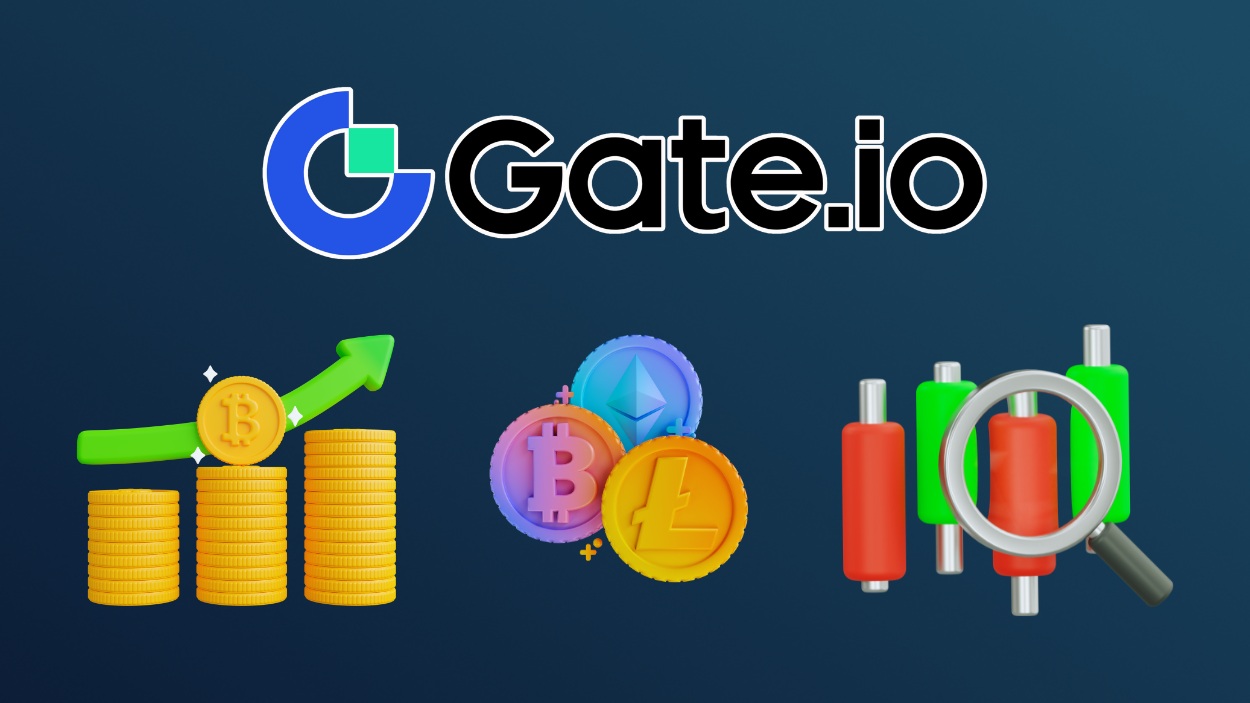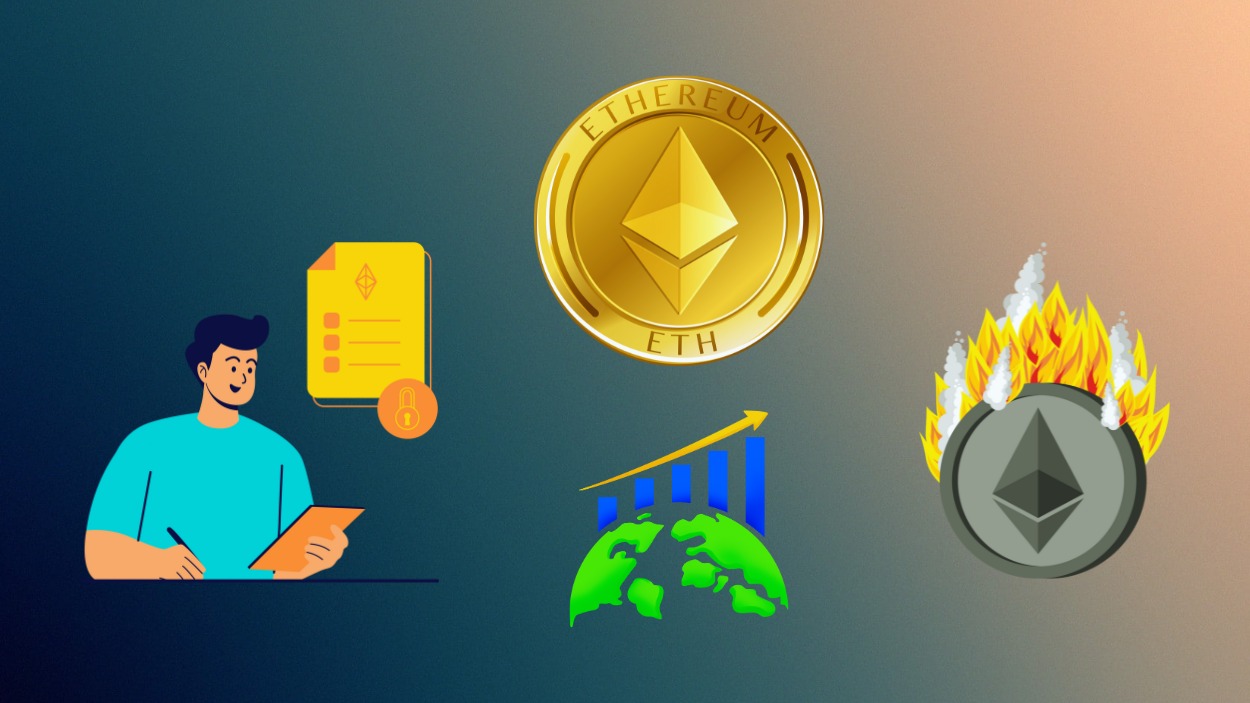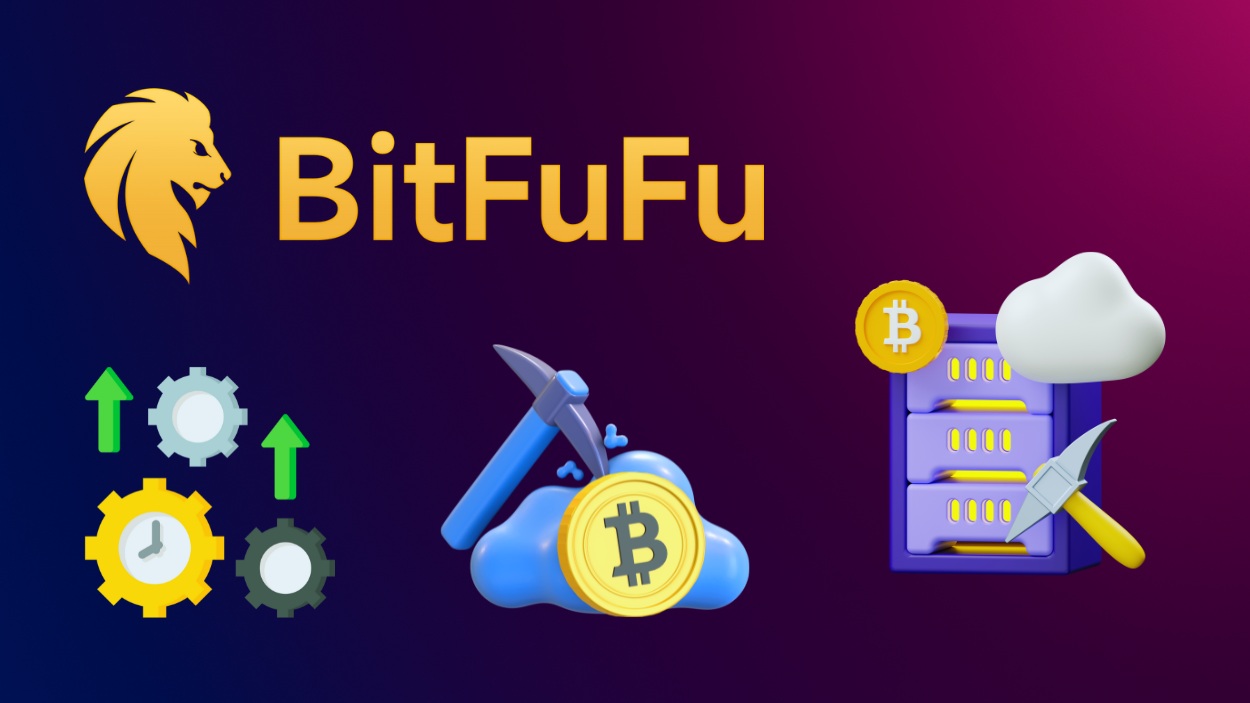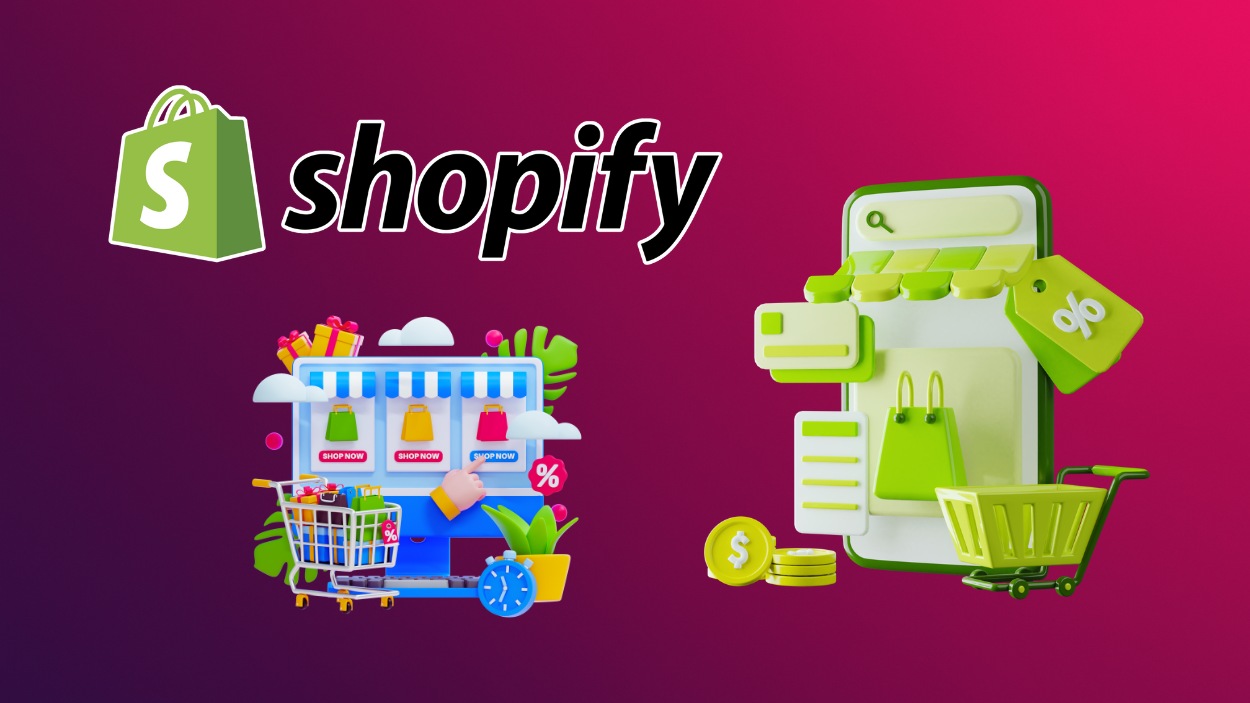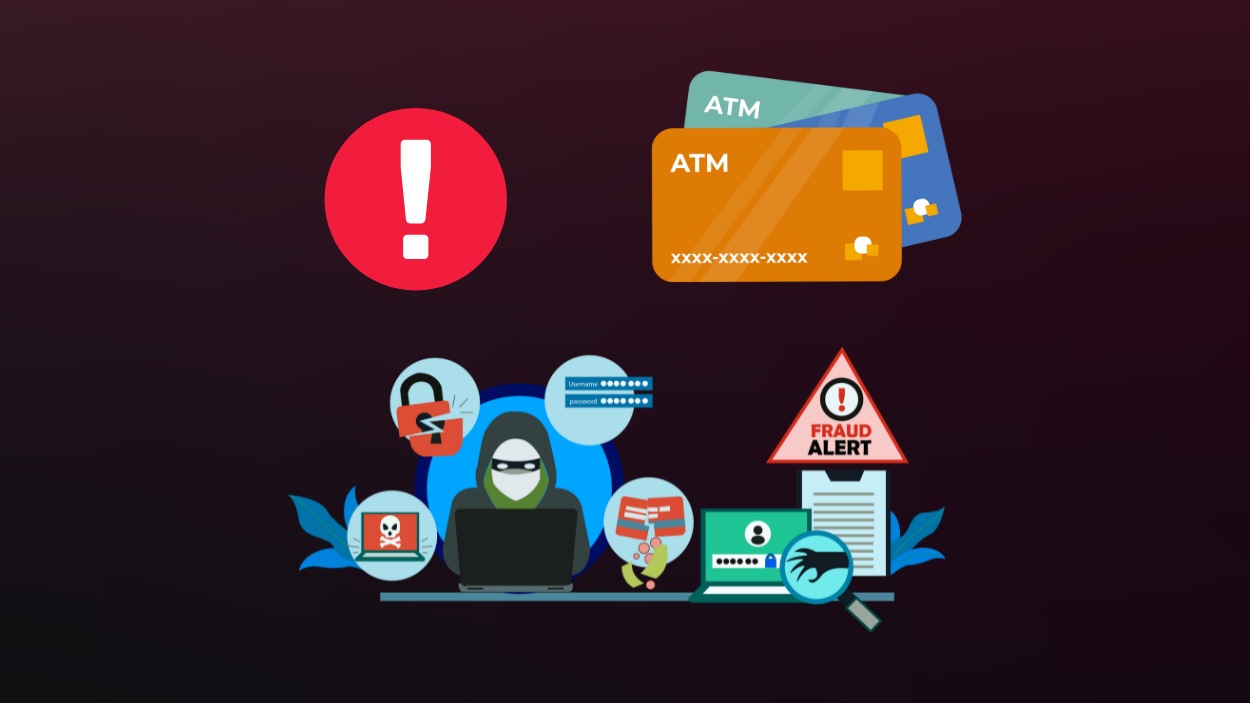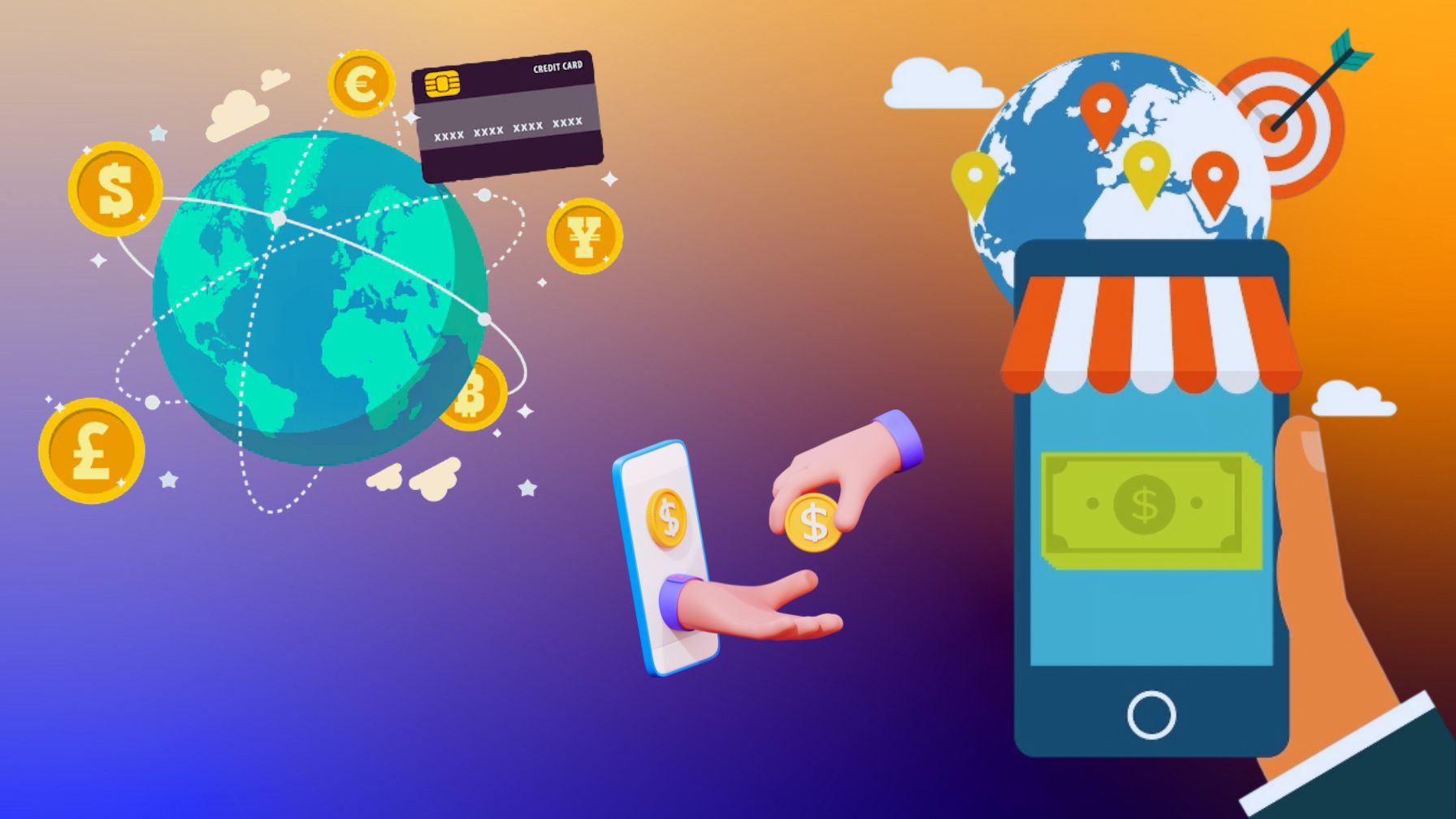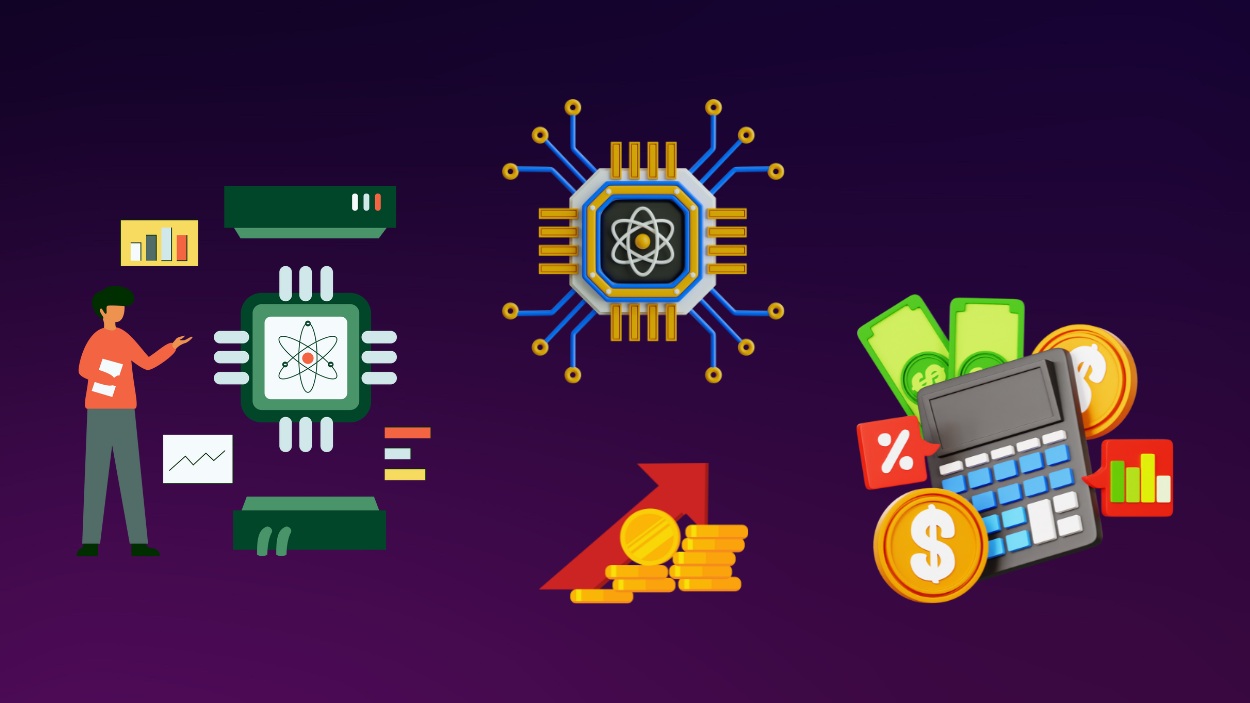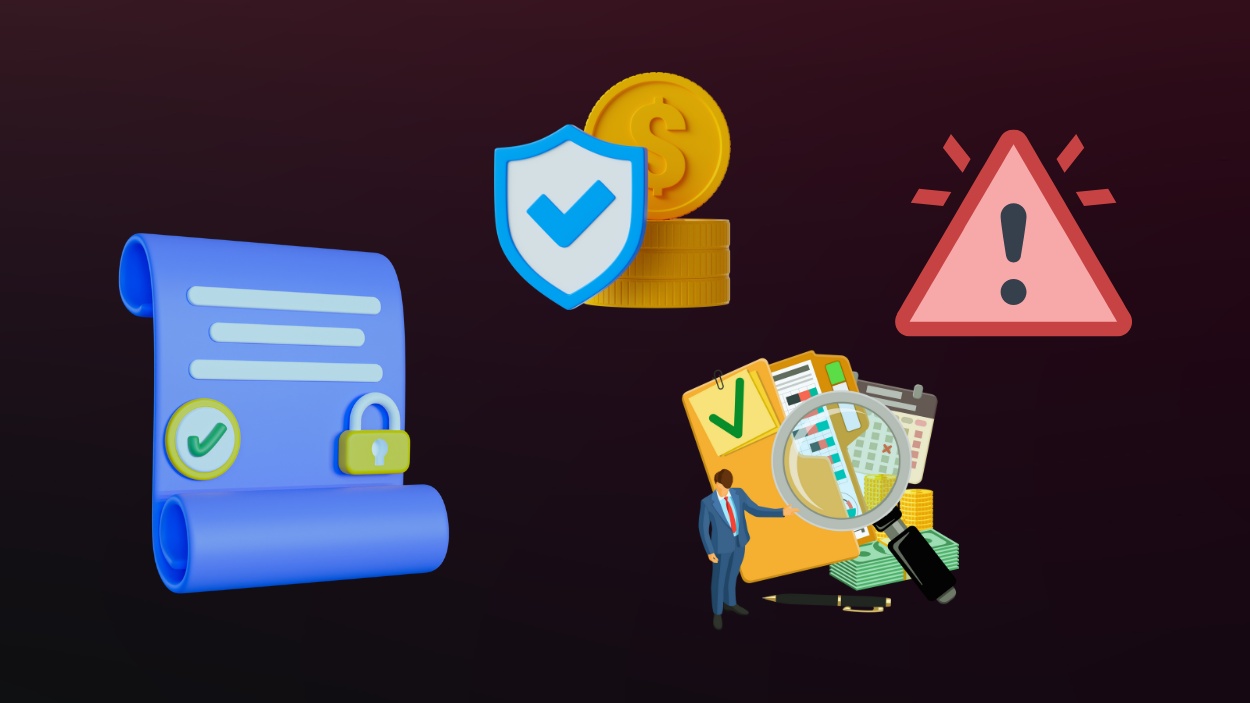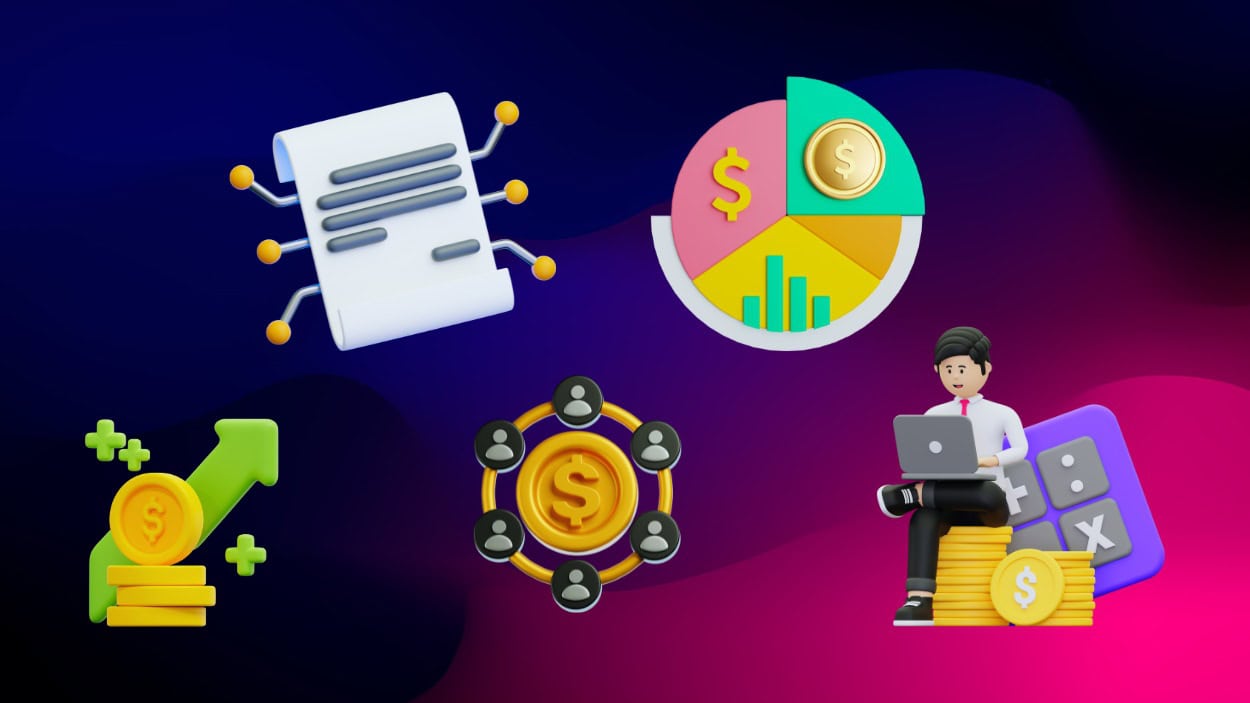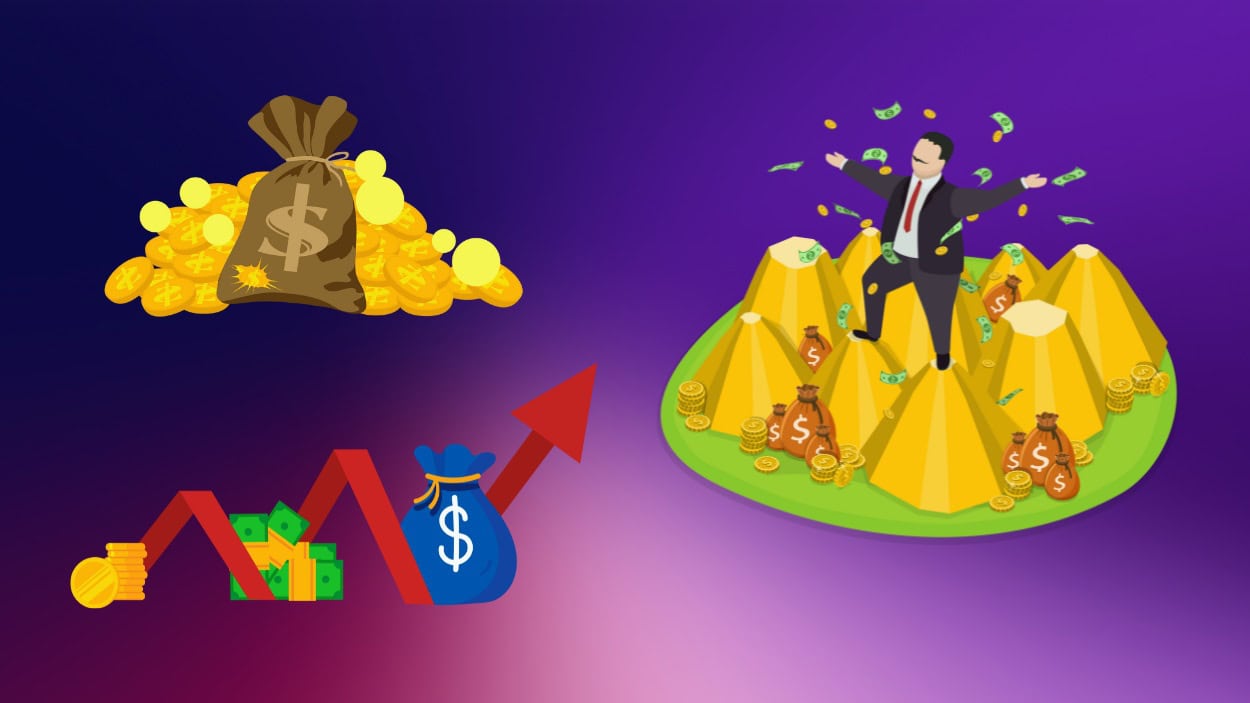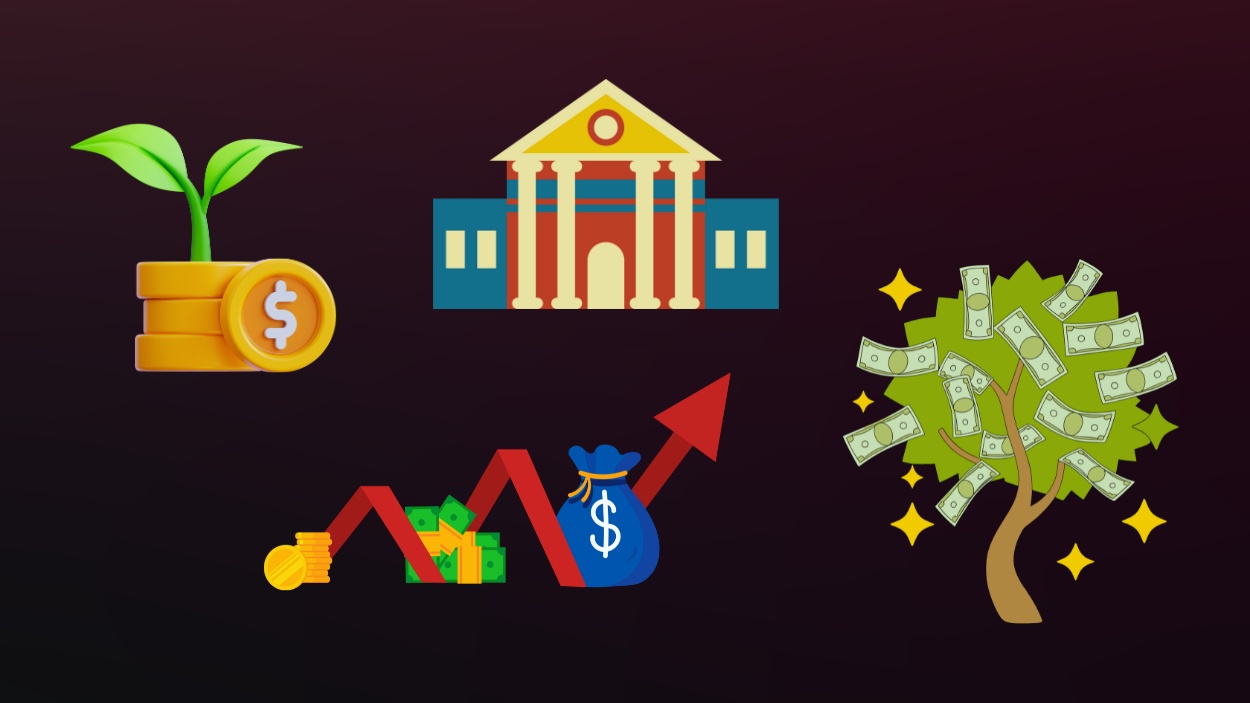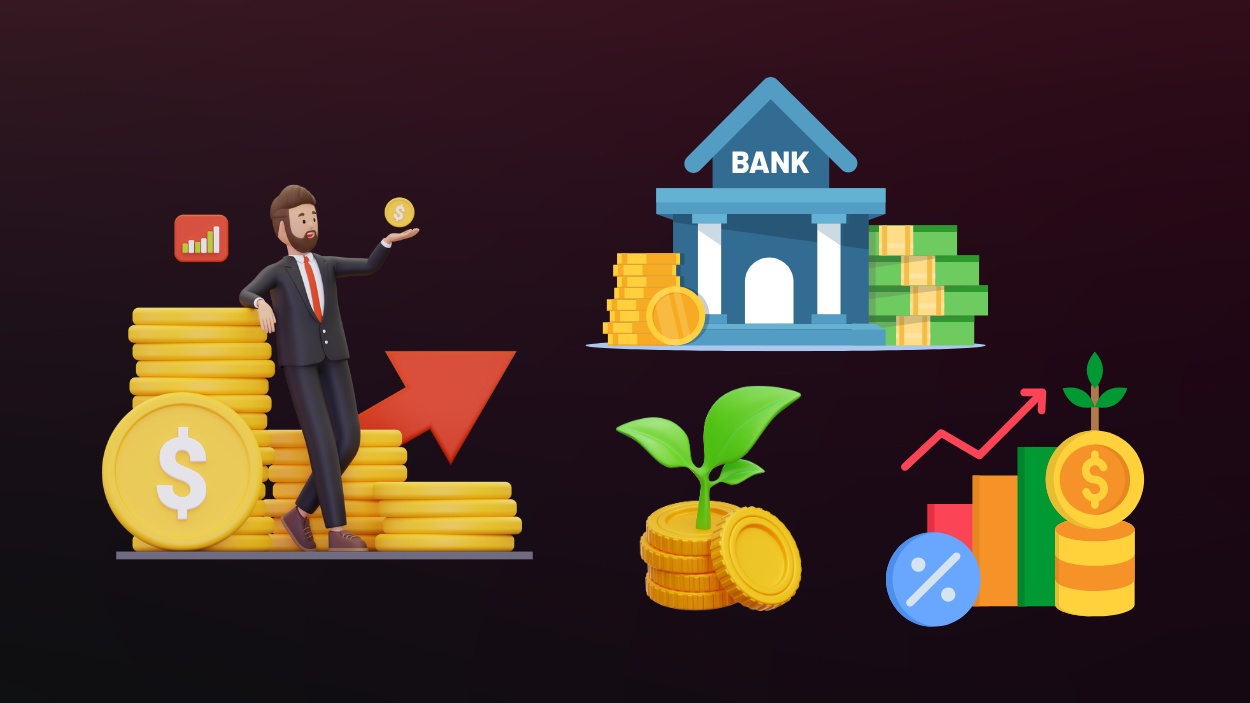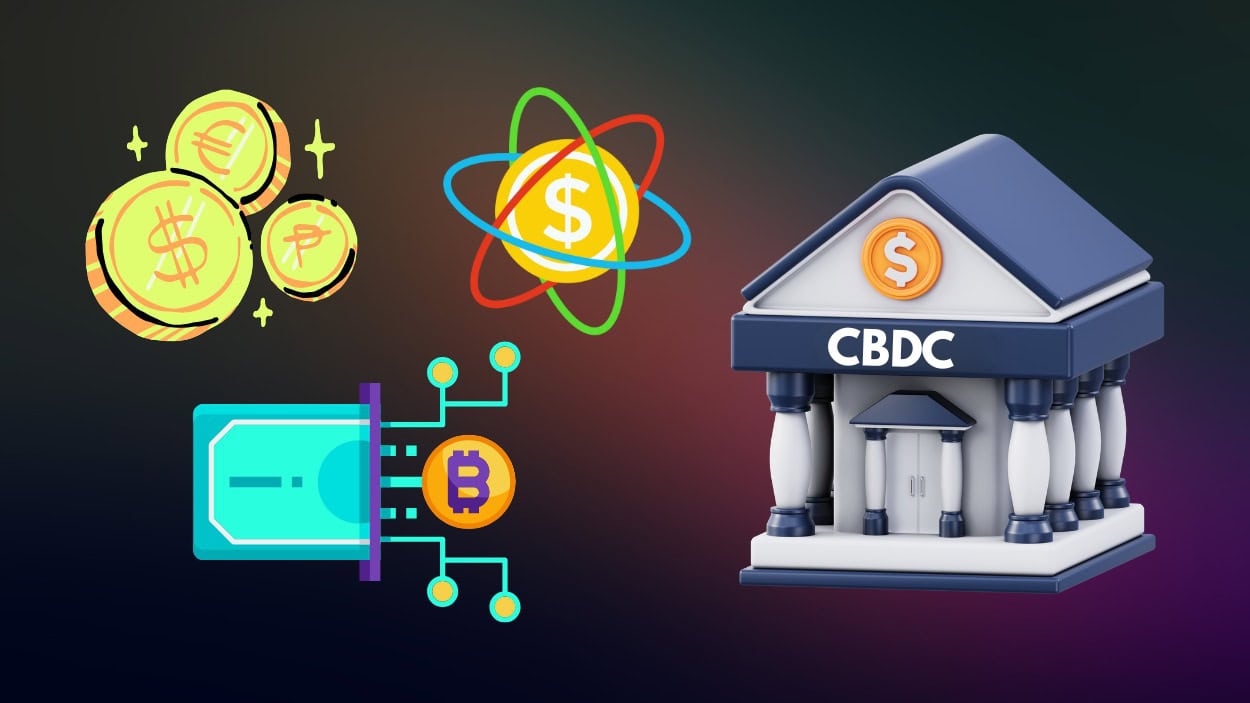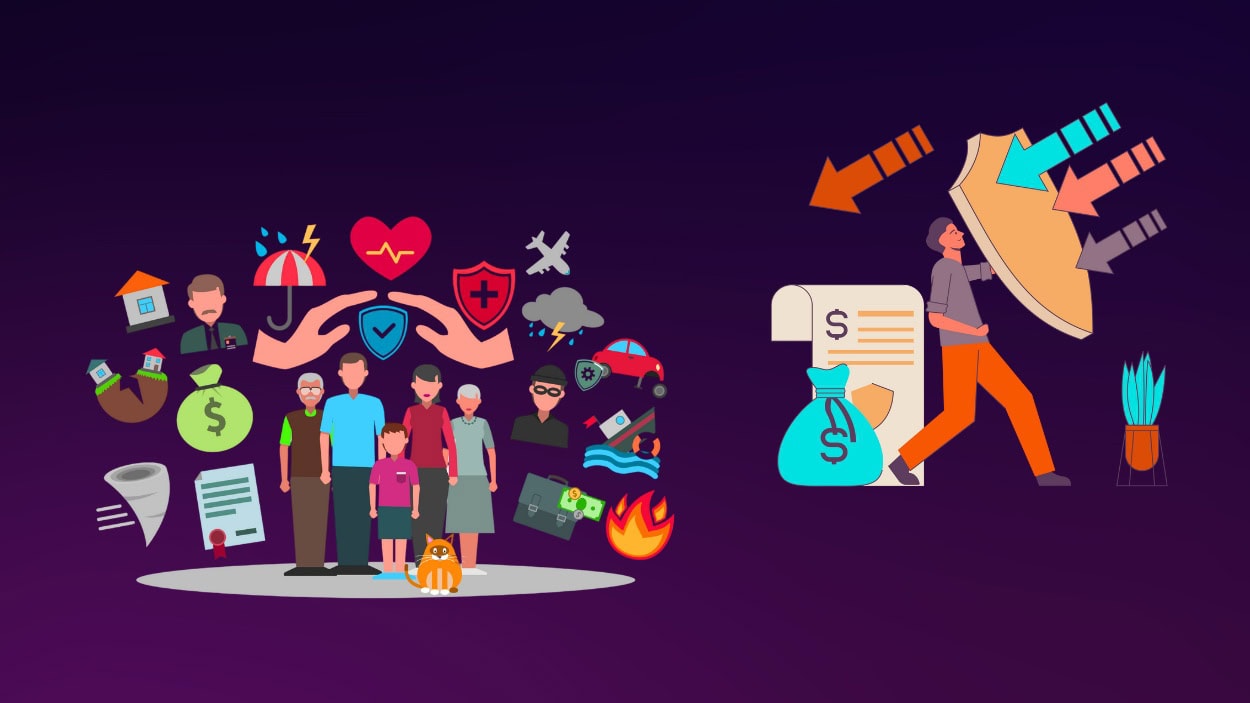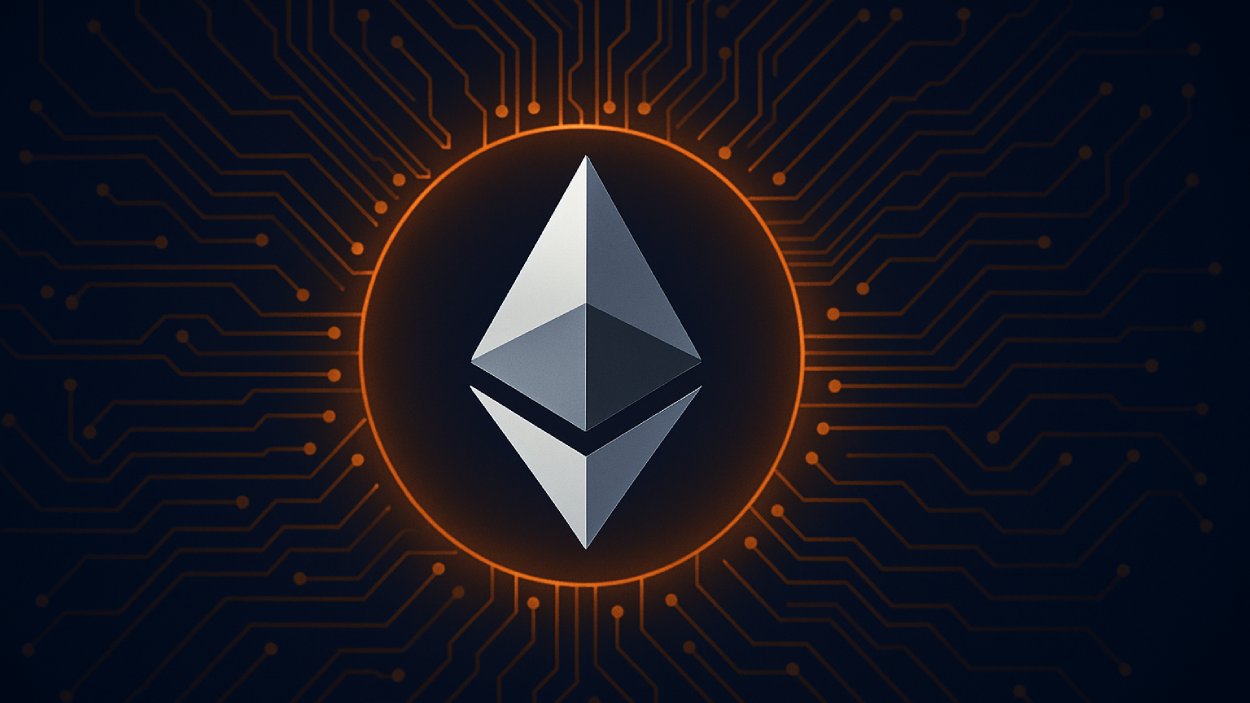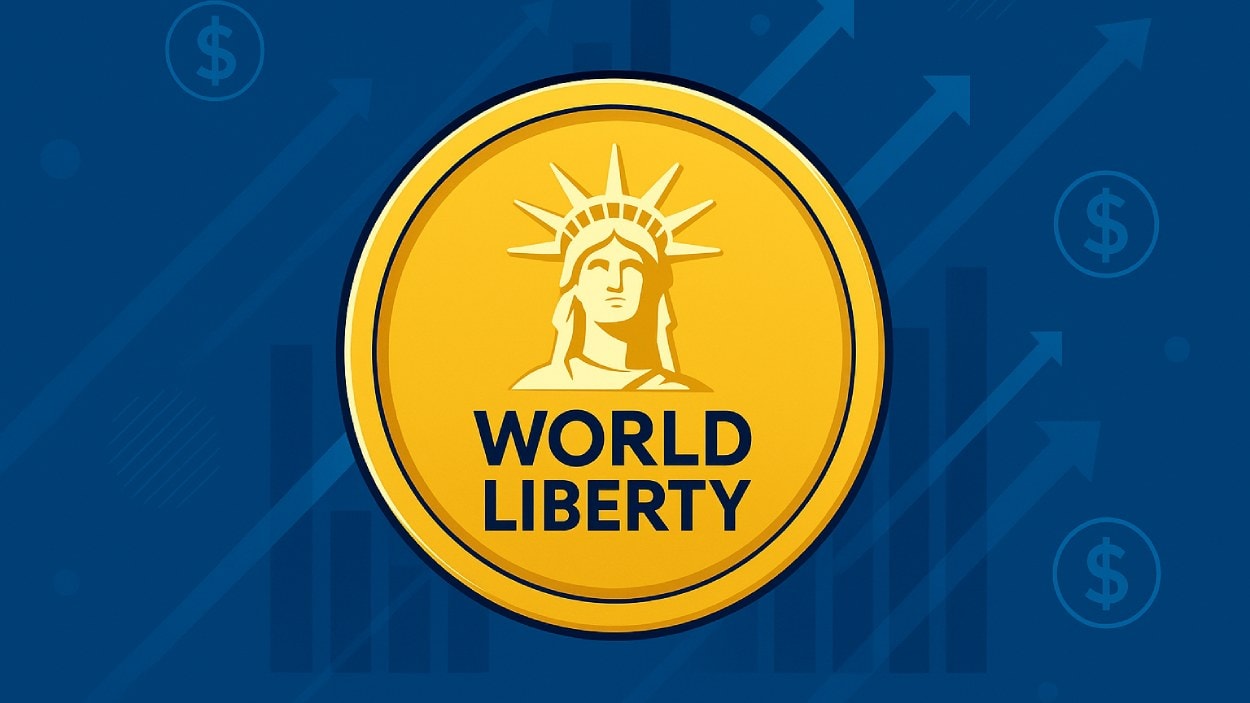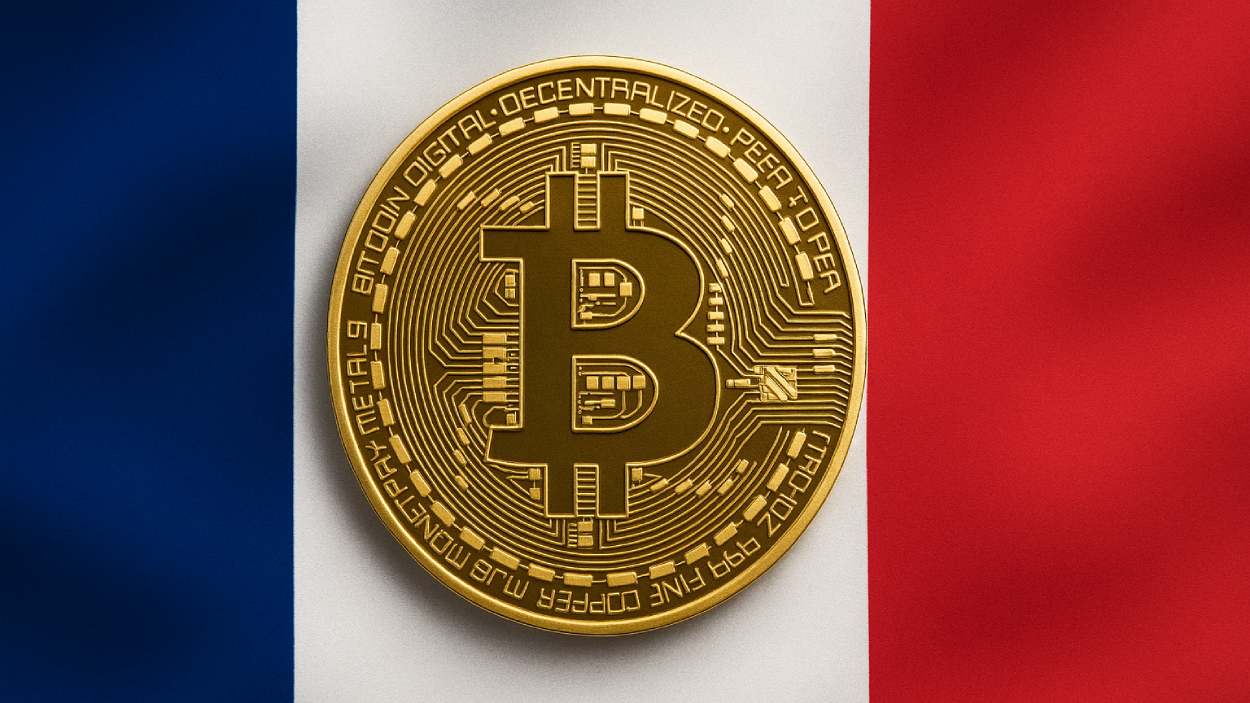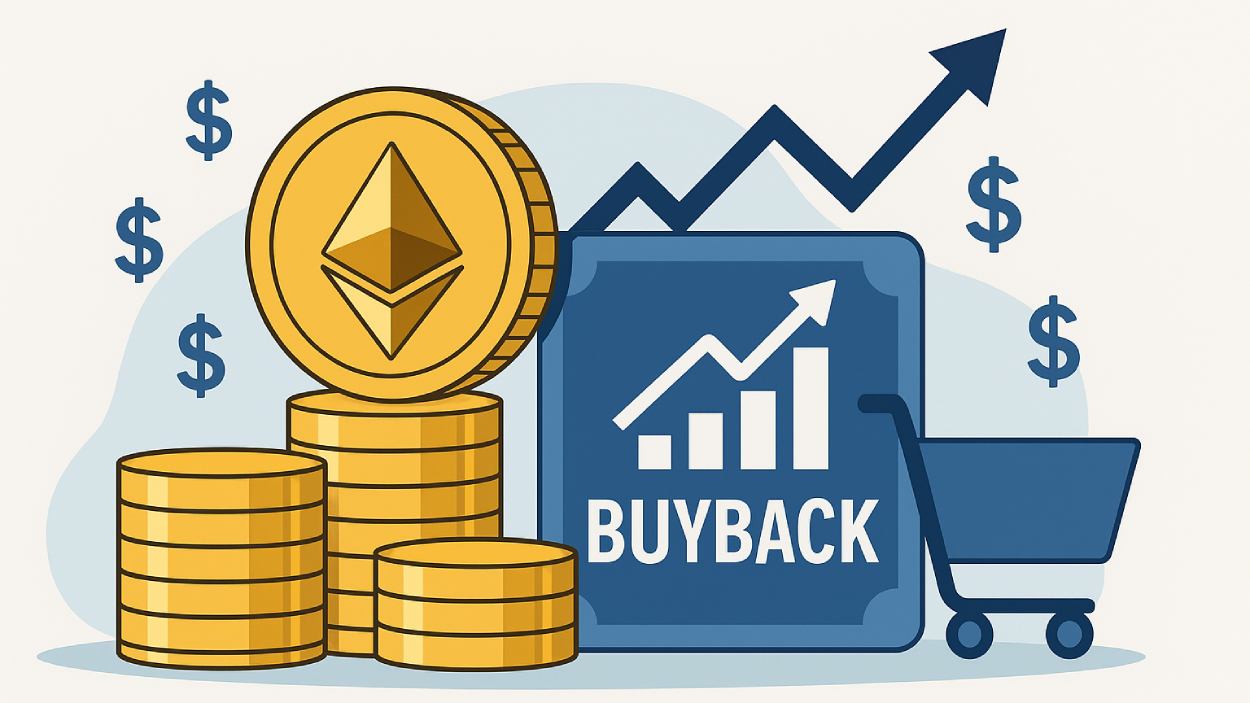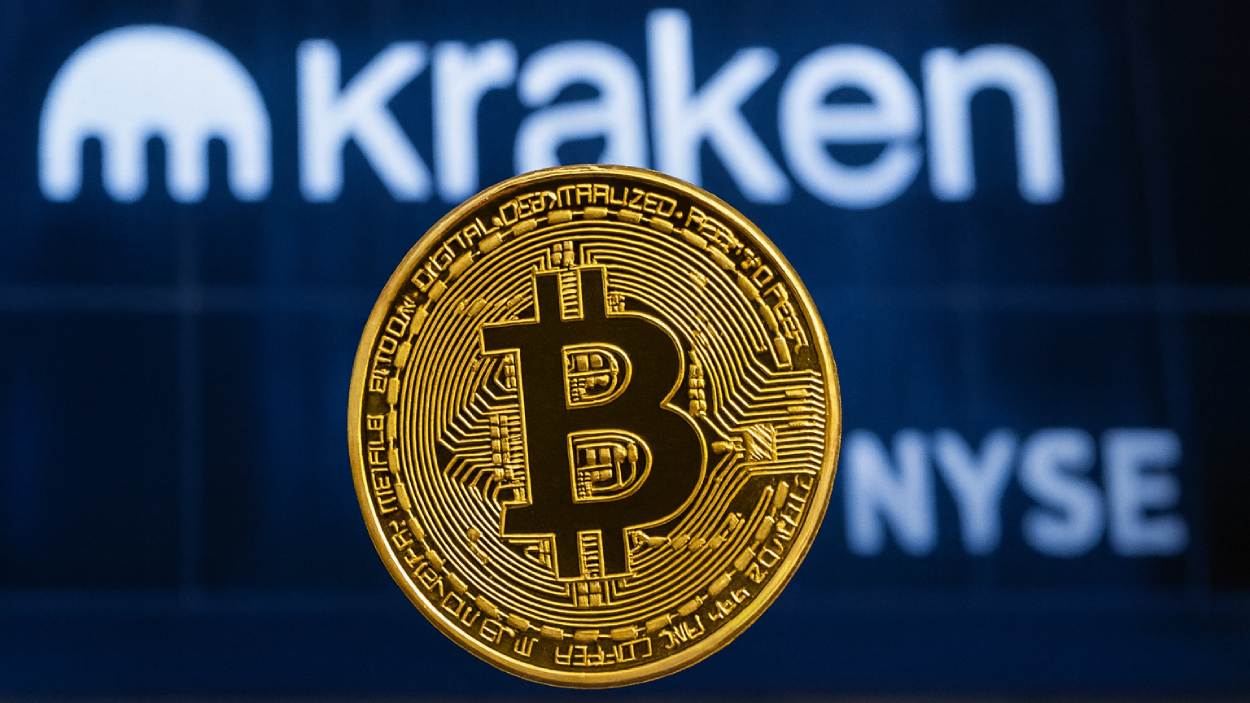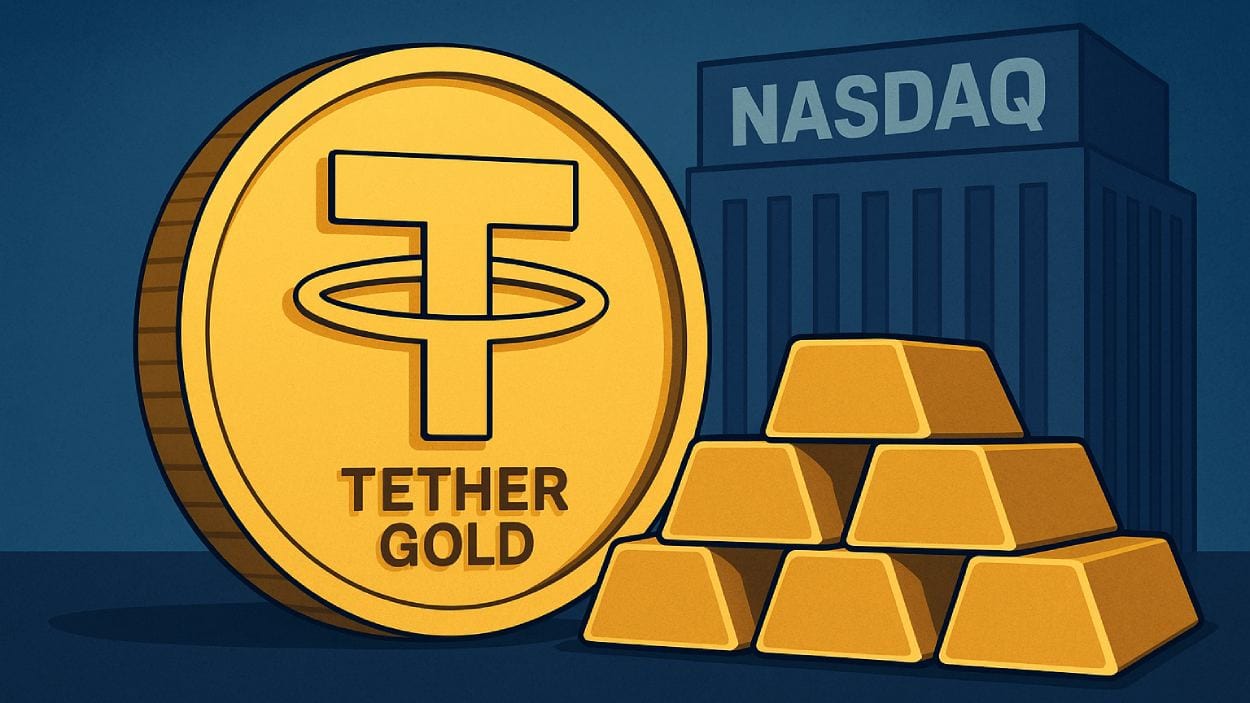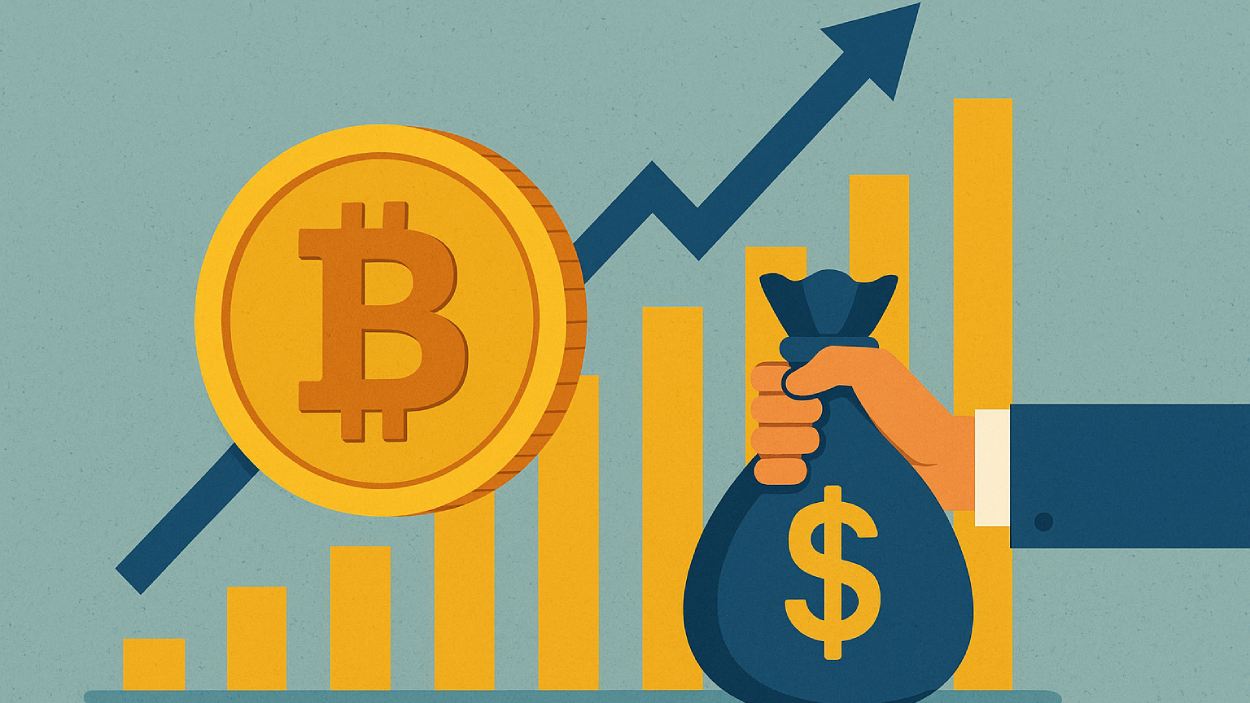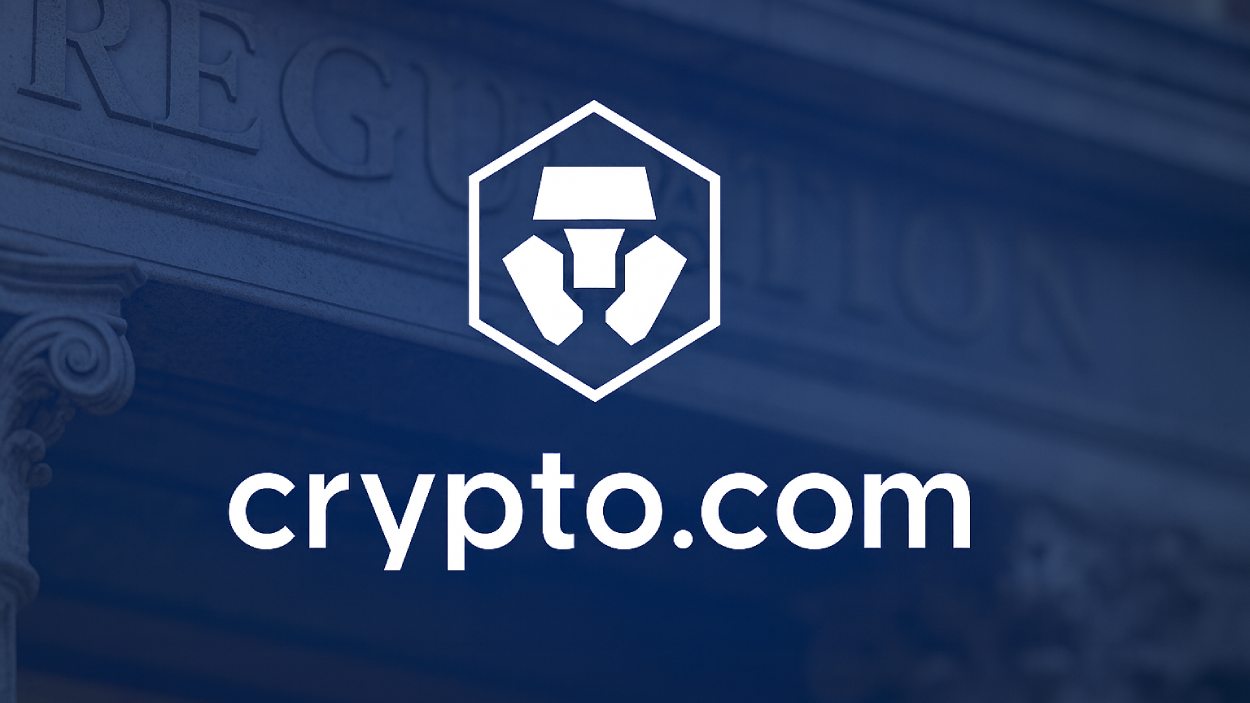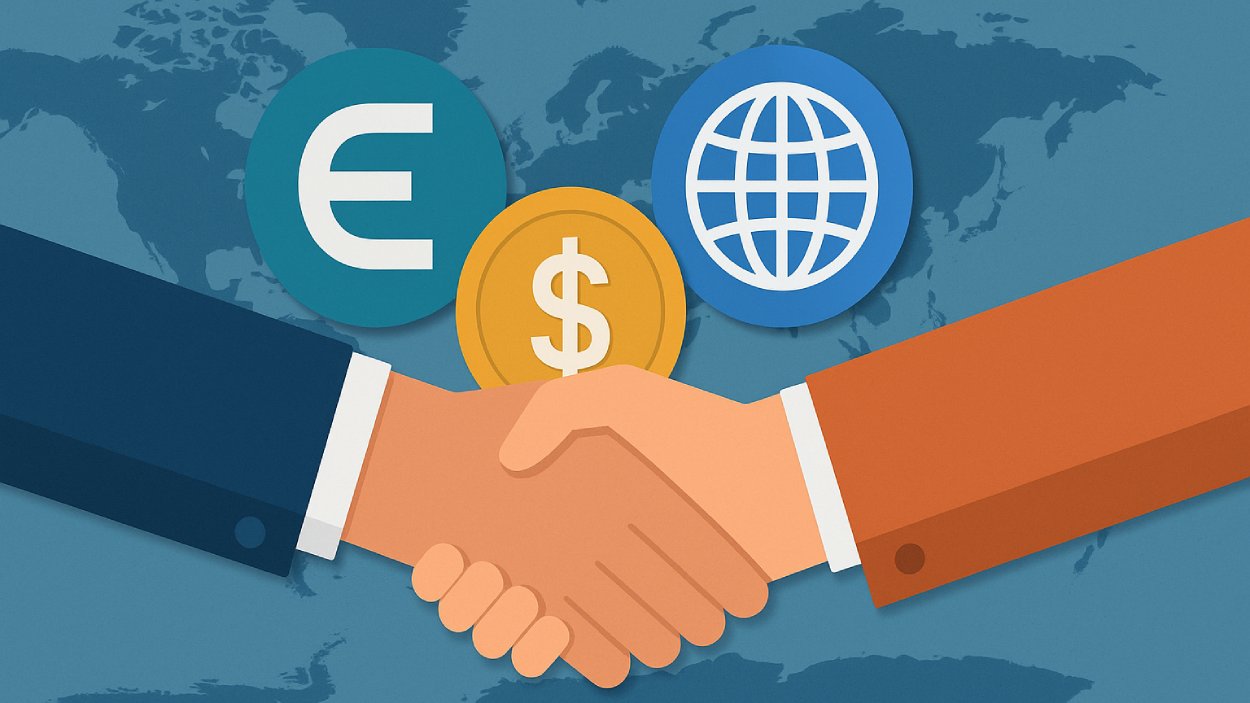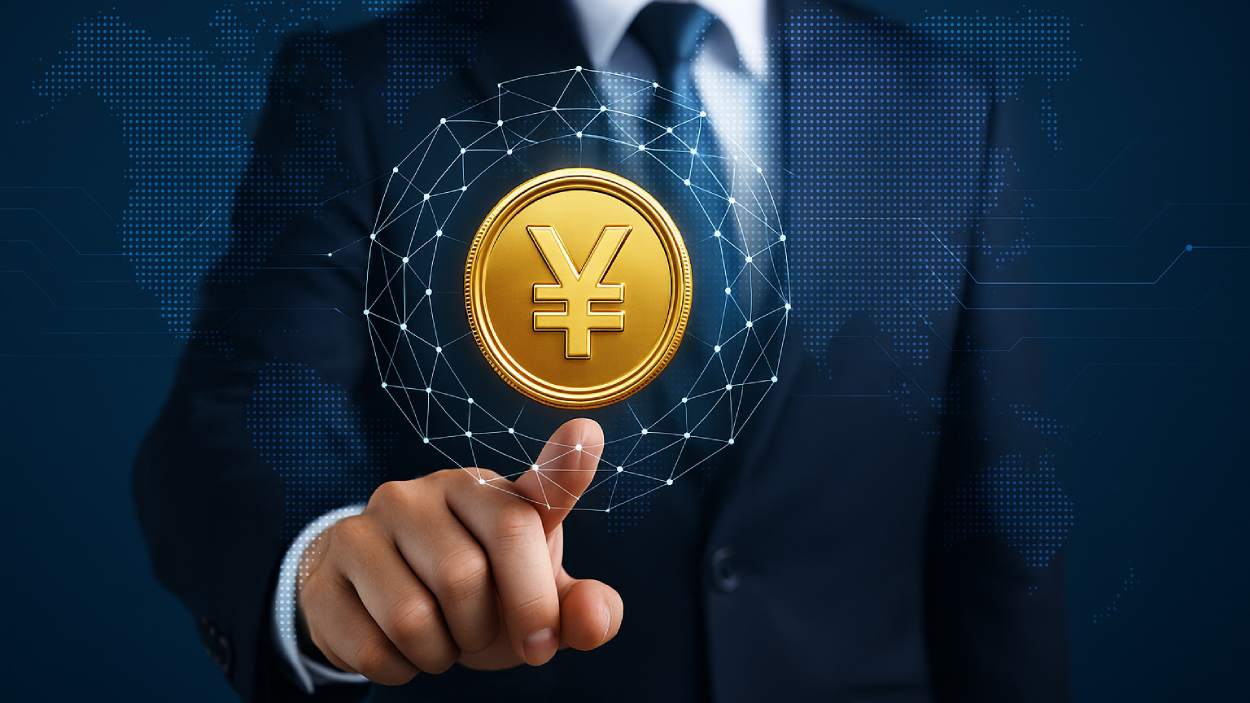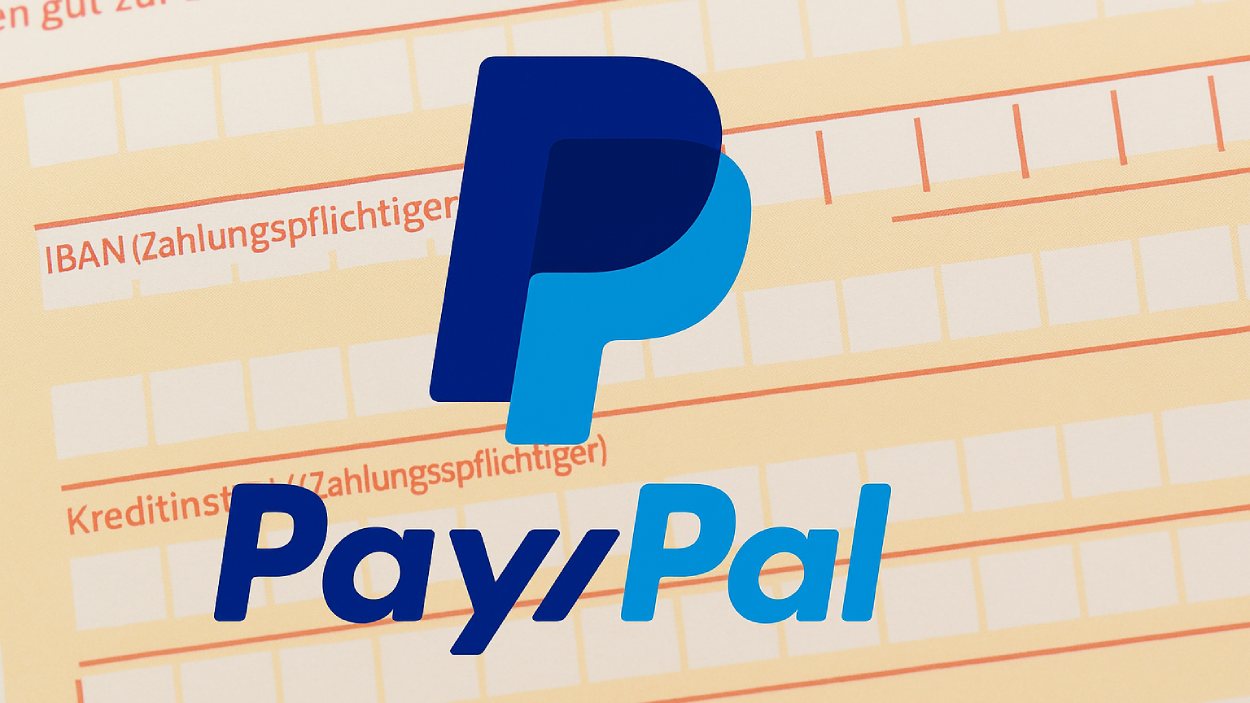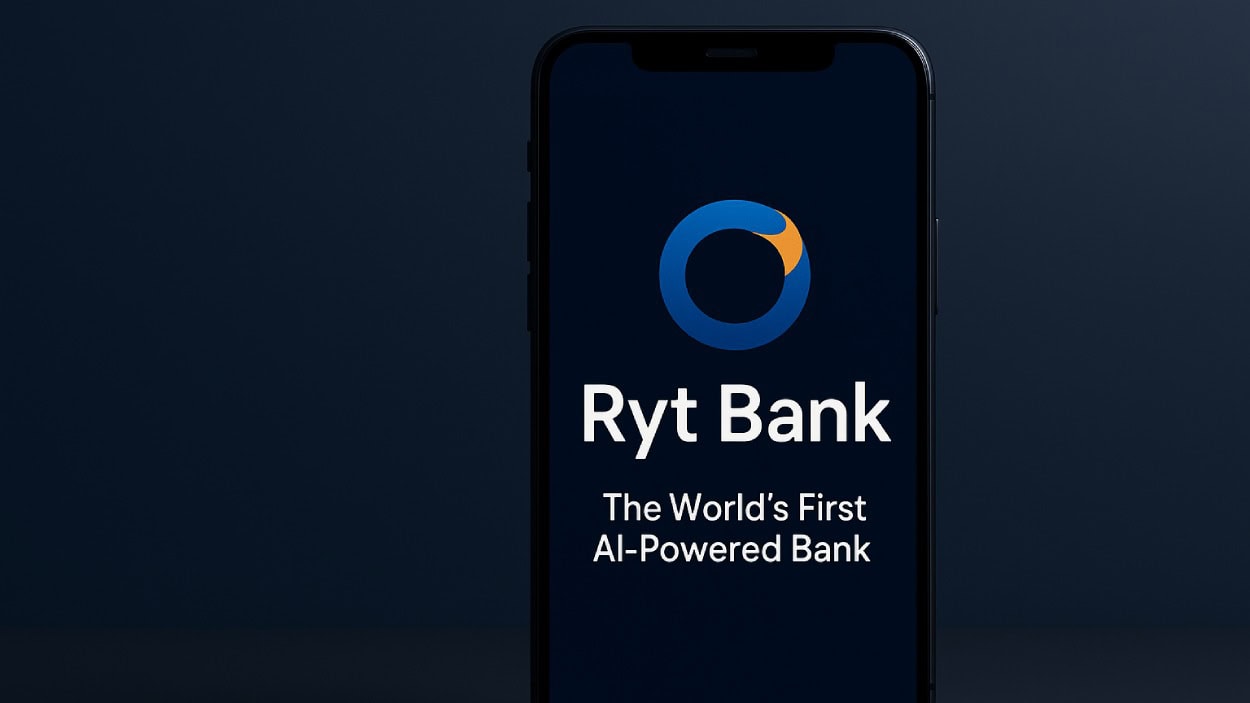Binance has integrated Bubblemaps’ visual analytics tools into its Web3 Wallet, giving millions of users direct access to blockchain transparency tools designed to detect token manipulation and insider activity.
Key Takeaways
- Binance Web3 Wallet now features Bubblemaps analytics, allowing users to see token distribution and wallet clusters.
- The move aims to boost transparency and combat insider trading by making onchain data accessible to everyday traders.
- Bubblemaps transforms complex blockchain activity into interactive visuals, helping users assess risk more effectively.
- The integration marks a deeper partnership between Binance and Bubblemaps, following earlier token campaigns and listings.
What Happened?
Binance has embedded the Bubblemaps analytics suite into its self-custodial Web3 Wallet. This new feature empowers users to identify wallet connections, token hoarding, and concentrated ownership, often early signs of potential manipulation or insider trading. The tool is already live and provides real-time blockchain visuals for users before they interact with or invest in tokens.
BREAKING: BINANCE INTEGRATES BUBBLEMAPS
— Bubblemaps (@bubblemaps) October 29, 2025
Onchain transparency – now embedded into the world’s largest exchange
Try it now on @Binance pic.twitter.com/OzAkvTv5li
Binance Bets on Transparency with Bubblemaps
As blockchain trading becomes more complex and mainstream, traders are demanding clearer visibility into token ecosystems. Binance’s integration of Bubblemaps brings those capabilities directly into the exchange’s wallet interface. According to the official announcement, users can now inspect wallet clusters and token distribution with just a few taps, helping them make smarter and safer trading decisions.
Winson Liu, lead of Binance Wallet, emphasized the importance of data access in the onchain economy:
Bubblemaps is known for turning blockchain transactions into intuitive bubble-shaped visualizations, where each wallet is represented as a circle connected by lines showing past transactions. This format makes it easier for users to spot anomalies, such as coordinated wallet behavior or unusually high concentrations of tokens.
A Growing Partnership
This isn’t the first collaboration between Binance and Bubblemaps. Their relationship began with token-level support, including the $BMT HODLer airdrop and a spot listing on Binance. That was followed by marketing and trading campaigns. Now, the partnership has matured into a full product integration, demonstrating Binance’s deeper commitment to transparency tools.
Bubblemaps CEO Nicolas Vaiman also highlighted the broader vision behind the integration:
The company has played a crucial role in exposing shady activity in the past. For instance, Bubblemaps helped uncover suspicious fund movements in the Melania Trump-endorsed MELANIA token, revealing that $30 million in community funds were quietly offloaded by insiders.
Why It Matters for Traders?
In the fast-moving world of decentralized finance and memecoins, many investors fall victim to opaque tokenomics and hidden whale activity. Tools like Bubblemaps are helping level the playing field by revealing how tokens are distributed and who holds the power behind the scenes. With insider trading and rug pulls still common in lesser-known coins, visual tools give users an edge in identifying risks before making moves.
The integration also reflects a broader shift in the industry. As analysts point out, onchain data visualization is becoming standard among serious traders, replacing raw data dashboards with user-friendly interfaces that quickly highlight red flags.
CoinLaw’s Takeaway
Honestly, I love this move by Binance. In my experience covering crypto, the lack of transparency has been one of the biggest trust barriers for everyday users. I’ve seen far too many tokens pump and dump while insiders quietly profit. By giving users tools like Bubblemaps, Binance is not just improving its product but showing leadership in making crypto safer. I found Bubblemaps’ visual approach especially helpful. It turns raw data into something even non-technical traders can understand. That’s powerful. If more exchanges follow suit, we might just start seeing fewer scams and better-informed investors.

